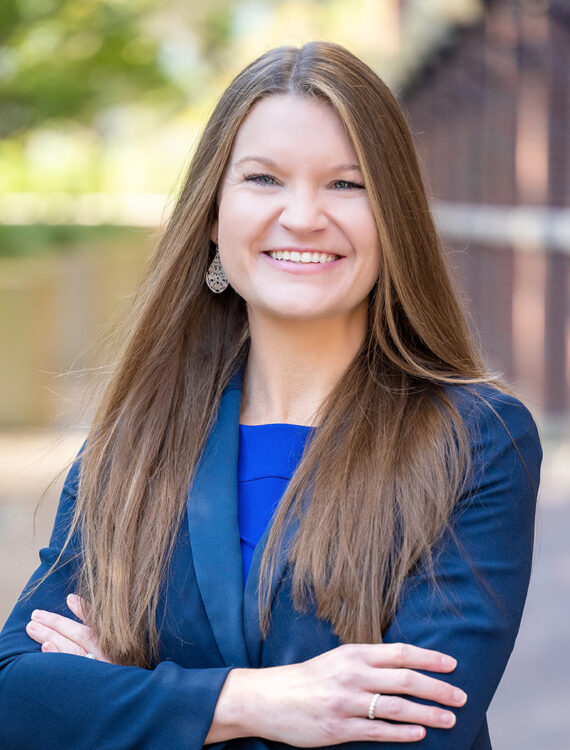Assignment Limitations Begin with New Year

The Florida legislature passed significant property insurance reforms in its December 2022 special session. Governor Ron DeSantis promptly signed these reforms into law, with many taking effect immediately upon the law’s effective date. However, a key change related to assignments of benefits (AOB) begins to have its real impact in the new year.
For many years, Florida law allowed policyholders to assign their rights to post-loss benefits to third parties. Starting about a decade ago, this longstanding right began to foster abuses as contractors would take assignments from policyholders, perform questionable or overpriced work, and directly bill insurers. The vendors benefitted from Florida’s one-way attorneys’ fee statute leading to increased litigation, losses and loss adjustment expenses.
The legislature began taking incremental steps in 2019 to address abuses in this area. Unfortunately, modest efforts at reining in costs associated with AOB’s did not work. The Florida legislature therefore took a more definitive step in the December 2022 special session. The new law specifies that with respect to any residential or commercial property insurance policy issued on or after January 1, 2023, assignment agreements are invalid and unenforceable. This will better enable insurers to communicate and adjust claims directly with policyholders (under new standards for timeliness of communications and claims payments, also set forth in the new law). Perhaps most importantly, it will curb situations when multiple vendors are claiming rights under insurance policies and initiating lawsuits arising from a single claim.
Key legislators have commented that it will take some time for the benefits of the new law to appear, and that is certain the case with the elimination of post-loss assignments. Nonetheless, the recent law change will benefit the Florida market in the long run by restoring the role of the policyholder in communications and in the loss adjusting process.











